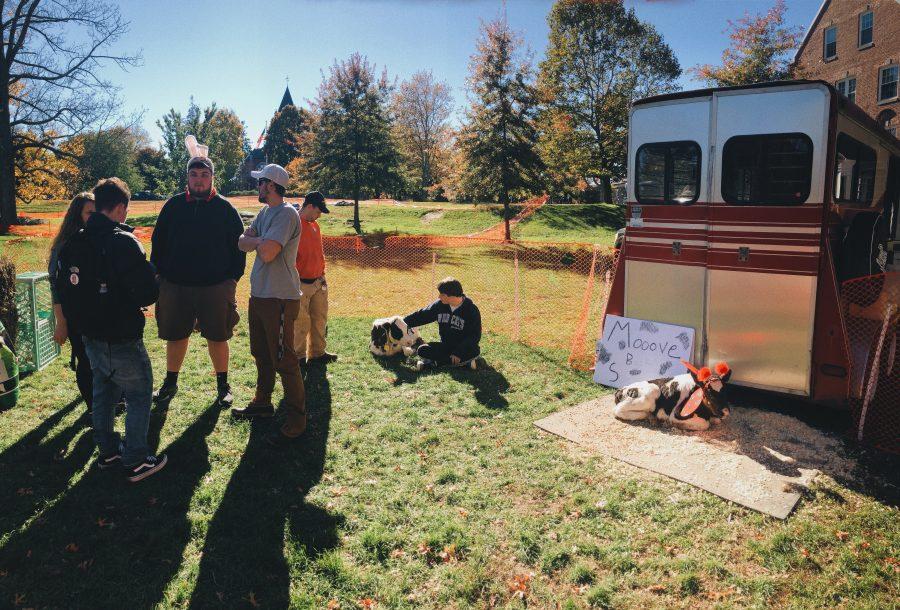UNH Associate Professor of Political Science Mary Malone helps conduct surveys in countries like Nicaragua, Costa Rica and Panama, that deal with how local violence raises low-income families’ probability of attempting to migrate north, in hopes of reaching the U.S.

UNH Associate Professor of Political Science Mary Malone lectures on Central American Immigration.
Malone informed students and other attendees on her assistive research on the concerns of Central American Immigration. Her lecture, “Leaving the Devil You Know: Violence and Migration in Central America,” was held in Memorial Union Building (MUB) Theater II this past Tuesday, March 21. Malone’s talk was a segment of this semester’s lecture series put on by the UNH Center for International Education and Global Education. The series, titled “The NH International Seminar,” has been put on for over 30 years and this semester’s lectures have a focus on migrations, labor and natural resources.
“Every time I went back, the area seemed to have deteriorated more,” Malone said. “The violence kept getting worse, you just couldn’t ignore it.”
According to Malone, the civil wars in Guatemala, El Salvador and Nicaragua in the late 80s and early 90s sent wave after wave of Central Americans fleeing the violence and devastation. They would head north into Mexico and either stay there or attempt crossing the U.S./Mexico border.
In the wake of these civil wars, the violence and hardships of street poverty within these Central American countries resulted in the creation of violent street gangs. Removed from their local government, they established order and rule in these neighborhoods. These gangs are still thriving today and are the reason many Central Americans still flee their country in search of a safer life.
According to Malone, the majority of Central American young men are integrated either willingly or forcibly into service of these gangs, and to find a male not involved with a gang between the ages of 18-24 is difficult. These gangs she notes, are socialized by violence, and then establish territories and control local police. Victimized by the street gangs, the majority of the migrants are women and children. Women face sexual assault and violence in their home neighborhoods. The gangs threaten to beat or kill their children if the women do not cooperate. Women are forced into relationships and servitude or face dire consequences from the gangs.
 “How would I feel if I was put into these positions?” Malone said. “It is very disturbing, personally and academically, the only thing left to do is to act.”
“How would I feel if I was put into these positions?” Malone said. “It is very disturbing, personally and academically, the only thing left to do is to act.”
Malone’s research informed attendees that since the early 90s, Central American immigration has declined; with a significant drop in 2015, but 2016 saw a 106 percent increase.
“The media is so focused on Syrian and Middle Eastern refugees, it is important to know that isn’t the only concern,” sophomore ecogastronomy and communication double major Tia Floyd said. “It is also interesting to learn the fact that it isn’t entirely Mexicans who are crossing the border illegally, but Central Americans too.”
The Central American migrants do have options to help them. They can seek asylum here in the U.S. by applying for credible fear interviews (CFIs). The hearings consist of the immigrants pleading their cases of how dangerous it would be to be deported back to their countries. However, the local Central American governments, the U.S. government and the media are adamant in informing how dangerous migration is and the low possibility of successfully integrating into the U.S.

























